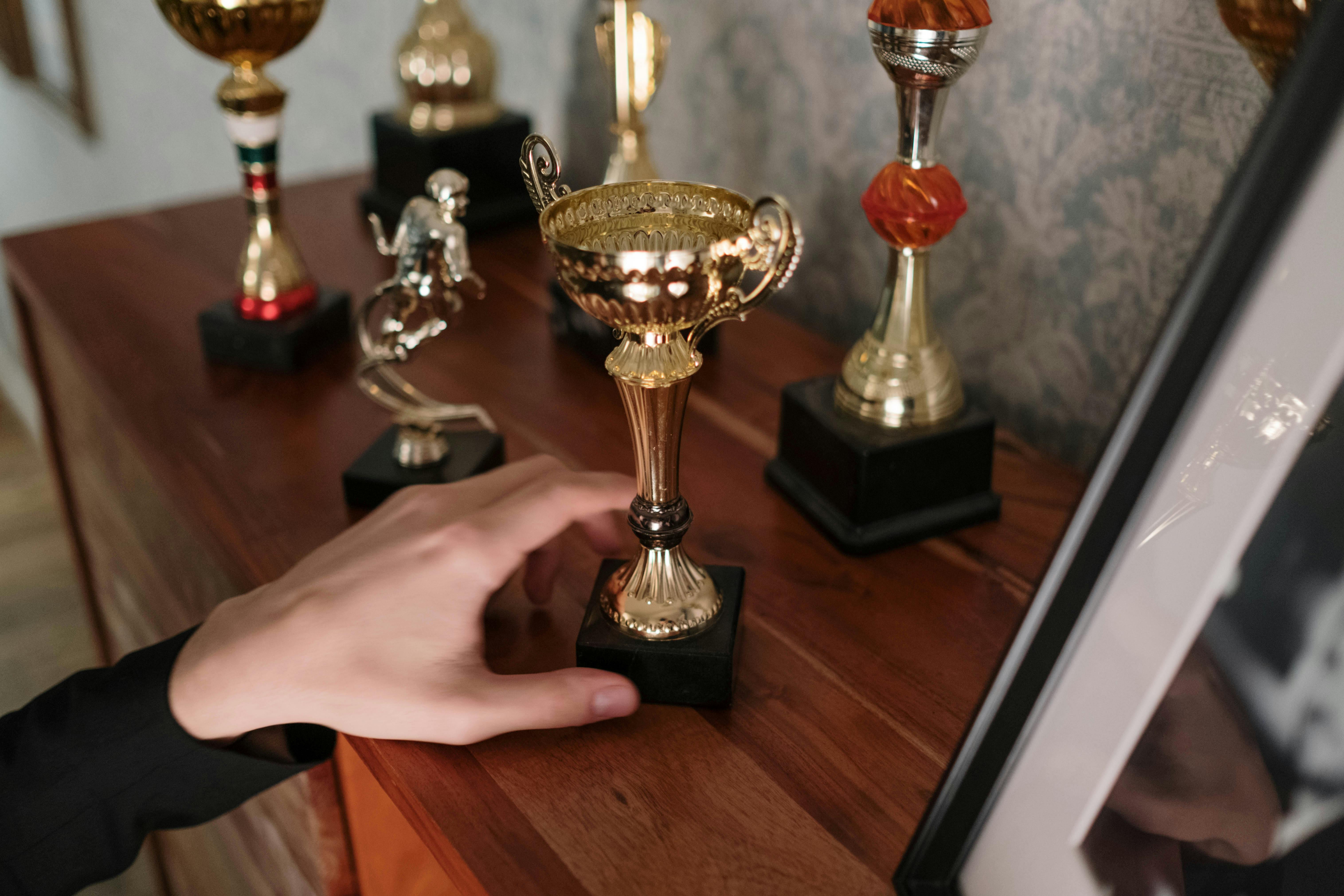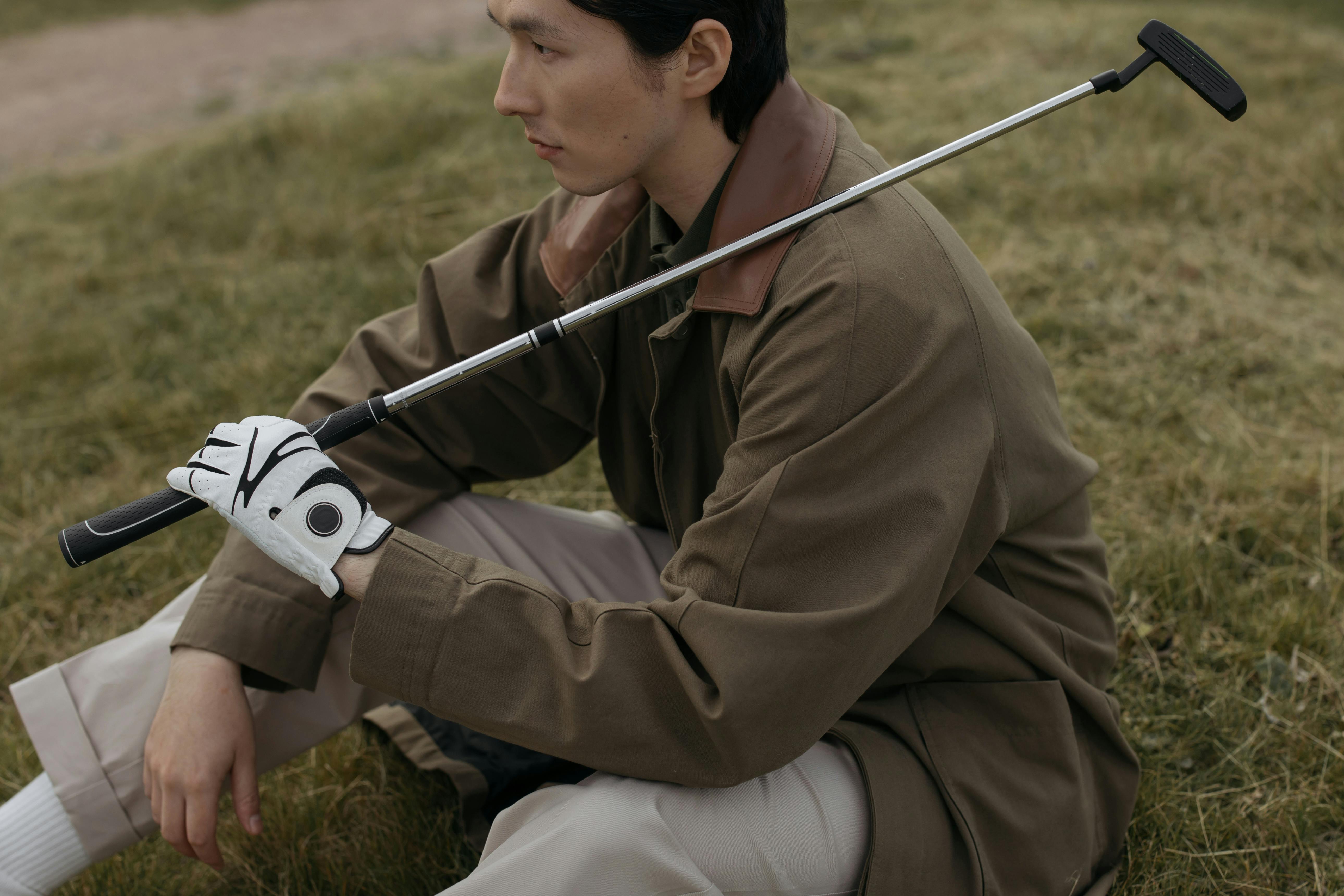Who invented the dart board? I guess we’ll never know, it was probably an archer in the Middle Ages who turned the bottom of a barrel or a slice of tree into the first dartboard and shot his arrows at it. Dartboards were made of wood for many years, mainly elm, and had to be soaked in water overnight to prevent the board from breaking. However, we do know who invented the first Bristle board, which was Nodor in the 1930s. They were approached by an inventor who had the idea of making a rope dart board! It must have sounded crazy at the time, but it worked. They took a few strands of rope of the same length and compressed them tightly and voila, the first “Bristle” board was born. This was a breakthrough on the traditional wooden board. No more soaking to begin with and the board healed itself and lasted a long time. It was an instant hit.
Nodor was granted a patent for the design and thus was the sole manufacturer for approximately 25 years during the patent term. After the patent expired, other manufacturers entered the scene, most notably Winmau. And you thought Nodor was a funny name. Apparently, the name Winmau was composed from the first three letters of the two names of the company director’s wife “Winifred Maud”, hence Winmau.
Nodor and Winmau then clashed over dominance in the dartboard market with one company trying to take over the other for many years. During this time, Winmau devised his famous Blade board with ultra-fine wire spacers and Nodor devised the first stapleless dart board.
Bristle tables were used in all the big tournaments starting in the 1970s and are still used today in prestigious tournaments like the Las Vegas Classic and the British Lakeside Tournament.
Then came Electronics, the electronic dart board took the stage and changed the game overnight. The strange thing about the electronic boards is that they are covered in hundreds of little holes for the special soft-tipped darts to go through. At first glance you think how can the dart go into those holes so exactly? The holes are centered on the base of a dimple like the dimples on a golf ball, guiding the soft tip darts into the holes in the backboard. And it works great without the amount of bouncing you’d expect. There are sensors below the holes that activate the electronics to record the score and automatically subtract or add the score to the previous one, depending on the game. This was a boon to shooters as they no longer had to keep score and the boards could be networked to collect all the board scores on one computer, ideal for tournaments.
The difference with the electronic target is that you have to use soft tip darts, and the tips are made of plastic so as not to damage the target. (Never use regular steel tipped darts on an electronic board) Also, the maximum dart weight allowed on most electronic boards is 20 grams.
Now you can have the best of steel tip and soft tip play now with the introduction of the new BristleTech boards that have bristle-like fibers that can take steel tips as well as soft tip darts and still work with electronics. . This could very well be the technology that will dominate the world of darts from now on.
So there you have it, we’ve come a long way since elm wood dartboards and I’m sure there will be even more developments to come, especially with the combination of Bristle type boards and electronics. Electronic darts are very popular on both sides of the Atlantic now and maybe even the professional game will adopt it before long.



